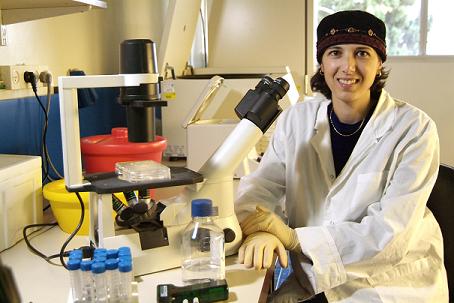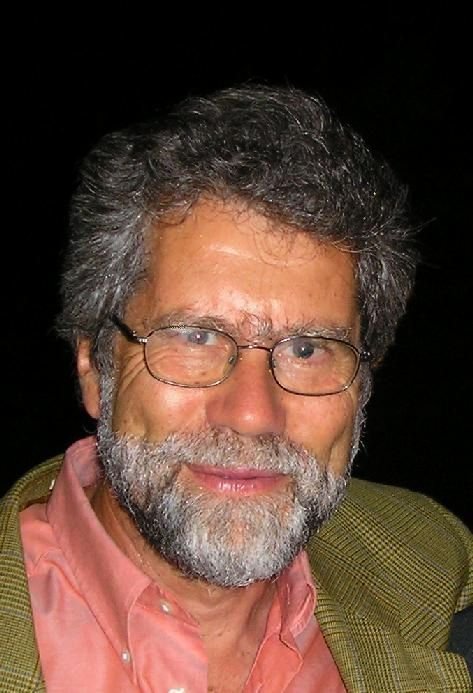 |
| Image: Mazor Website. |
FDA approves Mazor robot for brain surgery
“As neurosurgeons focus on both the spine and brain, brain surgeries represent a large market opportunity that is closely aligned with our current focus.”
Mazor Robotics Ltd. has announced that it has obtained US Food and Drug Administration (FDA) approval for its Renaissance surgical guidance system for brain surgery, in addition to spinal procedures. The company will include the brain surgical capability in the same device currently sold for spinal procedures
.
Mazor CEO Ori Hadomi has said in the past that Mazor is a company operating in the spinal procedures field, and that it expected to remain so. The expansion to the brain surgical field is an important addition, but not a core business. Mazor has previously said that the addition of new capabilities to the Renaissance surgical guidance system could allow the company to raise the system’s price, which is currently $750,000 per unit for the spinal surgery version.
Mazor had NIS 9.2 million in sales for the first quarter of 2012. Since April, the company has announced the sale of five additional systems in the US. The company also operates in other countries, where prices for its systems are a bit less than in the US, but the number of sales is about the same. The company obtained marketing approval in South Korea in June.
Mazor is now waiting for EU CE Mark approval for the marketing of the Renaissance system for brain surgery in Europe, where it is currently limited to use for spinal surgical procedures.
Mazor Surgical Technologies has pioneered the development of miniature Semi robotic bone mounted positioning systems SmartAssist platform for a wide range of orthopedic procedures. Mazor is a leading provider of the SpineAssist, a highly accurate, minimally invasive, easy-to-use, miniature surgical assistance system for a wide range of spine procedures. The company was founded by Prof. Moshe Shoham of the Technion Faculty of Mechanical Engineering in order to put his patented robotic innovations into practice.
The Renaissance technology, a surgical guidance system originally designed for use in spine surgeries, is applicable in brain procedures for many applications including biopsies, shunt placements and neurostimulation electrode placement for deep brain stimulation (DBS). Along with the system’s precision, simplicity, and safety profile, the Renaissance System will also provide a frameless treatment solution for brain procedures. Renaissance has already been successfully employed in several clinical brain surgical procedures in Europe. 34 hospitals globally are currently using Renaissance for the different types of spine surgery.




























.jpg)